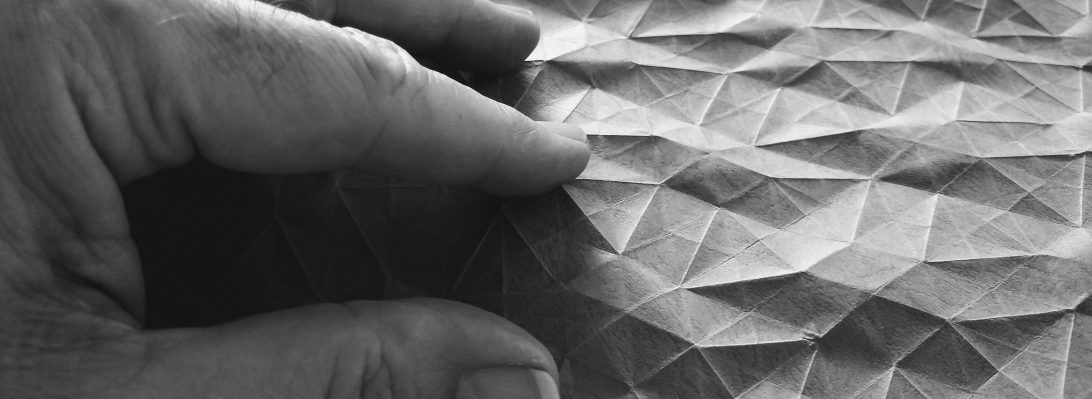I love the geometric world of Tessellations, and have folded many. It is doubly satisfying when you design that tessellation molecule and how it tiles yourself.

This is a hex-point tessellation, and is based on a mathematical algorithm discovered by Aurélien Vermont ( @auregamiiii ) and described in a paper written by them as part of their study in Engineering. The algorithm describes a geometric construction method that lest you raise a n-finned spike from a flat surface and have the surface “heal” around it.

It does so by placing strategic dart pleats that seamlessly absorb the excess paper caused by the spike in a controlled and very flexible way. You can raise a spike at the intersection of a collection of creases (2 or more intersections). The folding gets progressively more fiddly the smaller the spike and the larger the number of intersecting lines.

I chose to derive a hex-spike, that is a 6-crease intersection spike molecule, based on a regular hexagon. Once I had derived all the creases necessary to allow one spike to be raised, I test folded it (just to check – theory and practice are sometimes at odds – some paper designs for origami seem to ignore the thickness of the paper which then breaks the symmetry or distorts the shape) and all was good.
Continue reading
